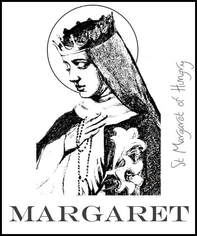
MARGARET OF HUNGARY
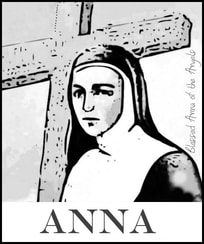
BLESSED ANNA OF THE ANGELS
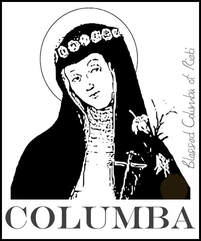
BLESSED COLUMBA OF RIETI
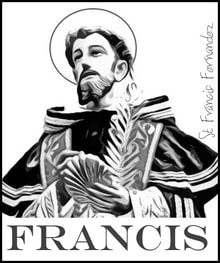
ST FRANCIS FERNANDEZ
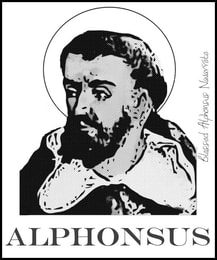
BLESSED ALPHONSUS NAVARRETE
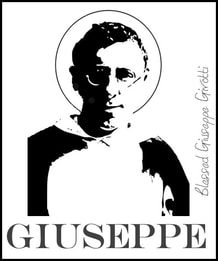
BLESSED GIUSEPPE GIROTTI
More detailed biographies of our House are listed below:
The Dominican order that set up our school was started by the Dominican Sisters of St Catherine of Siena in 1948. Our Patron, Saint Martin de Porres, provides us with an example of dedication and generosity. His example also emphasises the importance of not being bound by national, ethnic, or cultural barriers.
Some are ‘Blessed’ and some are ‘Saints’. “Blesseds” are those who have been beatified. Beatification requires one attested miracle and allows the beatified person to be venerated by his local church. Becoming a Saint, or Canonization, requires two attested miracles and allows veneration of the saint by the universal Church.
Blessed Anna of the Angels
Blessed Anna was born in Arequipa, Peru, in the year 1602 and in 1619 professed solemn vows in the monastery of St. Catherine of Siena. There she fulfilled the offices of sacristan, mistress of novices and prioress. She was completely taken up in prayer with God, yet did not neglect the needs of her neighbours. She died in Arequipa on January 10, 1686.
Blessed Columba of Rieti
Columba was born Angelella Guardagnoli, the daughter of a poor family in the Umbrian city of Rieti. Legend states that when she was born, angels gathered around her house, singing, and that during her baptism a dove flew down to the font. From then on, no one referred to her as Angelella, but as Columba (dove). Columba became a Dominican tertiary at age 19. She was much sought after as a spiritual counsellor. She worked with the poor extensively in Perugia.
St Francis Fernandez
Francis entered the Dominican Order at the age of 17 and while still a deacon was sent to the Philippines to do missionary work. He arrived in Manila in February 1631. Shortly after, he was ordained a priest. Fernandez de Capillas was in the Philippines for 10 years, and In 1641, he was given permission to go to Taiwan. He arrived in the Province of Fujian in March 1642. There he joined the Dominicans, who had survived earlier persecutions. For more than two years, St. Francisco enjoyed a great period of evangelization. While there, he also established a community of the Third Order of St. Dominic.
On November 13, 1647, St. Francisco was captured upon returning from administering the sacraments to a sick person. He was taken to a local prison, where he was tortured. He endured his sufferings in silence, which surprised the judges and torturers. Fernandez de Capillas was then taken to another prison for those criminals under sentence of death. He was admired even by his captors, who brought him food in secret.
Blessed Giuseppe Girotti
A Dominican priest who dedicated his life to the study and interpretation of Scriptures. After the Nazi occupation of Italy Bl. Girotti assisted many Jews by arranging safe houses and escape routes out of Italy. He was betrayed and arrested on August 29th, 1944 and sent to the Dachau concentration camp. He was martyred on Easter Sunday April 1, 1945. He was declared Righteous Among the Nations by Yad Vashem in 1995 and beatified on April 26, 2014.
Blessed Alphonsus Navarrete
Alphonsus Navarrete was very young when he gave up his inheritance to enter the Dominican Order in Valladolid (Spain) and, after he had completed his studies, was sent to the Philippine missions. The great persecution had just begun in Japan, yet he was determined and begged to be allowed to go to Japan. Consequently, he was sent as superior of the mission.
The missionary career of Alphonsus was brief, however, in the few years of his apostolate, his accomplishment was immeasurable. He went about teaching and baptizing the people. He began the tremendous task of caring for the abandoned babies. He also cared for the homeless which he supported through the generosity of wealthy Spaniards.
When two priests were persecuted in Omura, Alphosus went to Omura with the intention of rescuing the relics of the martyrs and consoling the Christians. They were captured on the way and were beheaded. Their bodies were thrown into the sea.
Margaret of Hungry
St. Margaret was born to Emperor Bela IV and Mary Lascaris in 1242. Despite being a royal, she lived in total humility, engaging in the most menial tasks even in the winter when her hands bled from the cold. She constantly fasted and refused nice clothes and royal comforts, remarking that she preferred the odor of sanctity when dead to smelling sweet only when alive.

